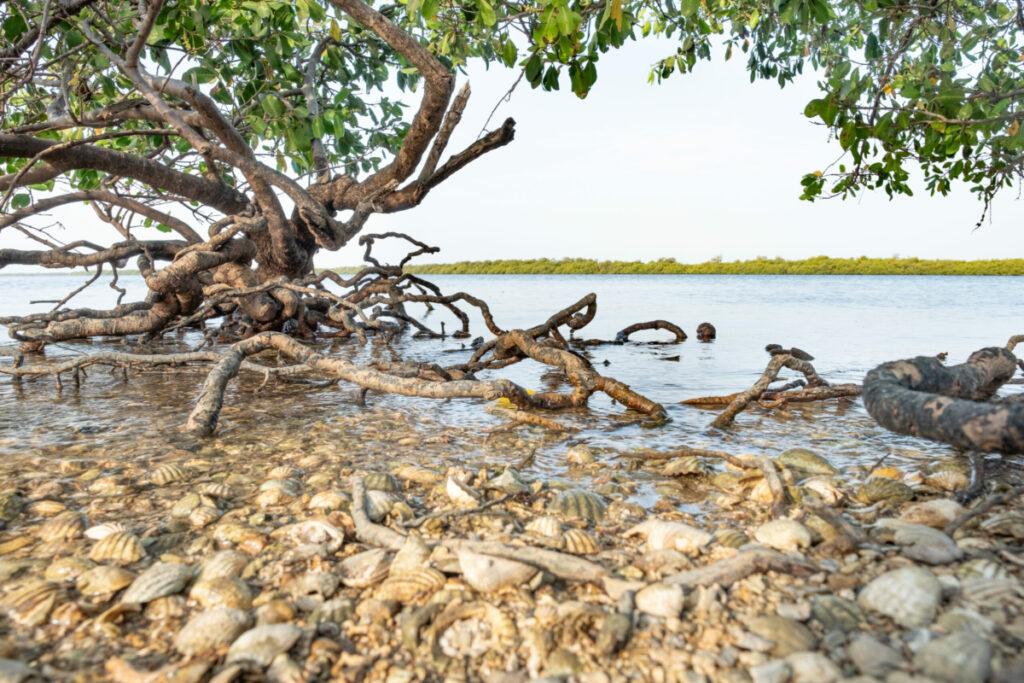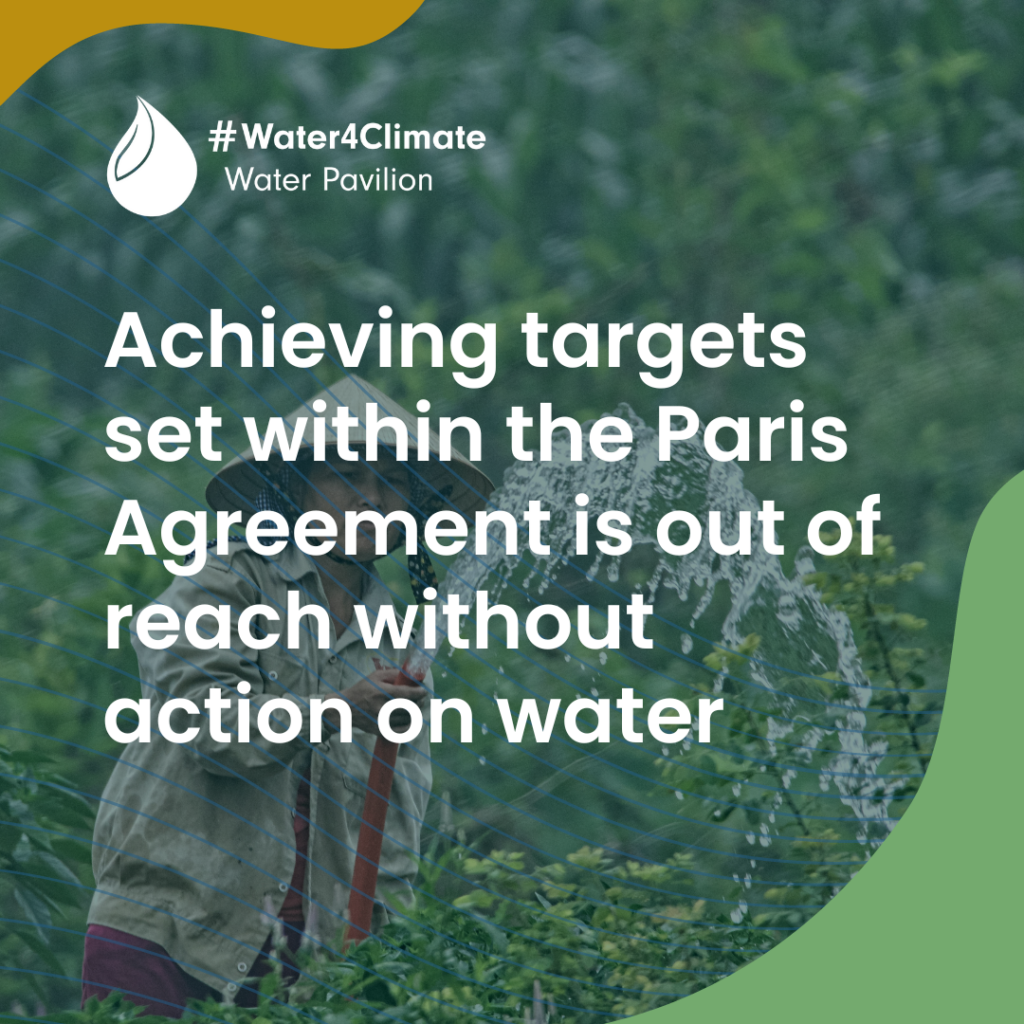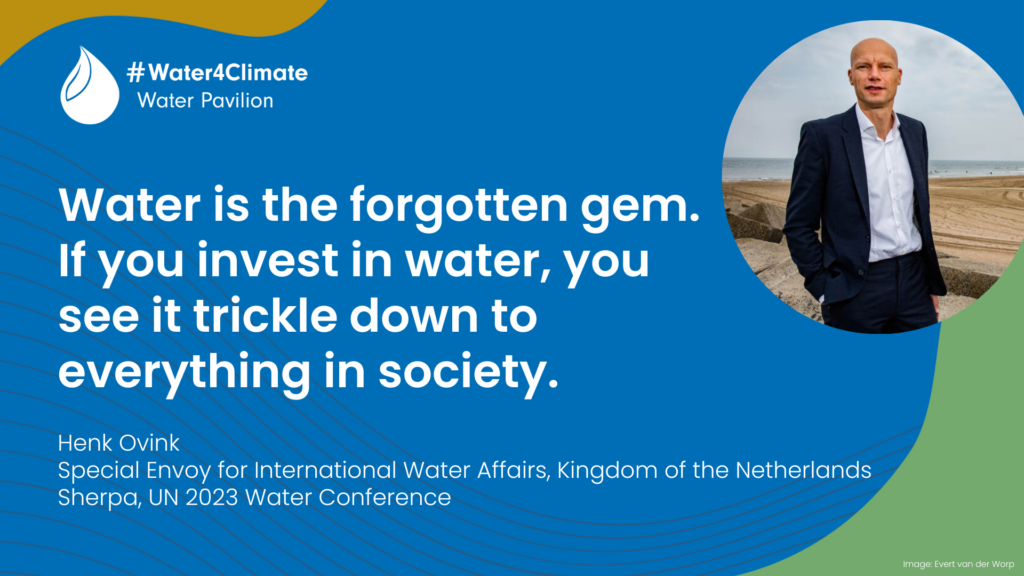
Collaboration for a water-wise world
Heatwaves. Floods. Droughts. Wildfires. Climate change is not a worry for some distant future and climate action is not a luxury but a necessity. In fact, UN secretary general, António Guterres says that “the era of global boiling has arrived”. Water is one of the hardest hit natural resources of a changing climate and a priceless one at that. We simply cannot live without water.
Wetlands exist where water meets land and ensure the sustainability of both. They include habitats like peatlands, mangroves, salt marshes, rivers, and lakes.
Wetlands are a vital nature-based solution to help us mitigate and adapt to climate change. They play a crucial role in water purification, water storage, flood control, and groundwater recharge. Mangrove forests, typically found in saline or brackish water, are efficient at filtering pollutants like heavy metals. Their roots stabilise shorelines and prevent coastal erosion during storm surges. Peatlands, on the other hand, act like sponges – absorbing excess water during floods, and releasing it slowly during droughts.

Unfortunately, wetlands have historically been undervalued and we have lost 35% of the world’s wetlands in the last 50 years. Dams, dykes, drains, and deforestation have broken crucial water connectivity across landscapes all over the world. This exacerbates water scarcity and intensifies the water crisis by reducing water quality and availability, in turn leading to potential conflicts.
We know what must be done – improve water retention and restore the hydrology of degraded wetlands, for example by reconnecting rivers to their floodplains, repairing ditches, or removing invasive plant species, and conserve those wetlands that remain untouched.
In December 2022, the Global Biodiversity Framework was adopted by 196 parties to the Convention on Biological Diversity. It commits nations to halt and reverse biodiversity loss by 2030. It specifically included wetlands – ‘inland waters’ and ‘coastal ecosystems’ in the language of the Convention, and for the first time agreed targets for their restoration. Its Target 2 commits the world to ensuring that “by 2030, at least 30 percent of areas of degraded terrestrial, inland water, and coastal and marine ecosystems are under effective restoration.” And Target 3, on conservation, promises that “by 2030, at least 30 percent of terrestrial, inland water and coastal and marine areas… are effectively conserved and managed.” Wetlands International and partners have determined that at least 300,000 km of rivers and 350 million hectares of wetlands need to be under restoration by 2030. We are working towards this goal with governments, businesses, and other associates, an initiative known as The Freshwater Challenge.
Building on the work done at the historic UN Water Conference in March and leading up to UN Climate COP28 in December, World Water Week, is a key opportunity to impress upon stakeholders that wetland ecosystems and water-resilient landscapes are essential solutions to the interconnected water and climate crises.

But to secure a water-wise world, we need to rethink how we manage water, and we need a systemic way of landscape restoration. The good news is that innovative solutions exist.
One example is the 4 Returns Framework for landscape restoration – a practical, tested system-change approach to landscape restoration. It seeks to balance competing stakeholder demands in a mosaic of different management approaches, to supply a full range of natural, social, and economic returns. It connects ecology, community values, spirit and culture, and long-term economic sustainability. At the core of this Framework is collaboration. Collaboration is the cornerstone of any successful restoration project, as can be seen by the restoration of the Chilika catchment landscape (India), and the application of the 4 Returns framework to restoration in Fiji’s Great Sea Reef.
Another example of collaboration is the Water, Peace and Security partnership (WPS) where we work with Netherlands Ministry of Foreign Affairs, the German Agency for International Cooperation, Deltares, The Hague Centre for Strategic Studies, IHE Delft, International Alert, and World Resources Institute. Water scarcity poses a threat to livelihoods and gives rise to potential conflicts. WPS helps stakeholders identify and understand water-related security risks and undertake timely, informed, and inclusive action for conflict prevention and mitigation. The partnership uses cutting-edge technology such as big data, artificial intelligence, remote sensing and human responses modelling to increase awareness and inform policymaking in water-stressed places like Mali, Ethiopia, Iraq, and Kenya.
Our Source to Sea partnership with the Swedish International Development Cooperation Agency aims to improve the conservation status of high-value wetlands in the Rift Valley and along the East Africa mangrove coast for water-resilient communities. This is done through knowledge exchange, especially linking indigenous and scientific understanding, dissemination of data on wetland status and distribution, training and capacity building, and the development of integrated management plans at country and ecoregional levels.
Our new Wetlands 4 Resilience programme, supported by the Swedish International Development Cooperation Agency, will accelerate healthy, biodiverse, and well-managed wetland landscapes globally by 2030, contributing to climate resilience and environmental, social, and economic sustainability.
Healthy wetlands are a powerful solution to the interconnected water and climate crises. What we need now is urgent action. Governments, business and civil society must collaborate to scale up the restoration of wetland ecosystems. To that end, Wetlands International will be participating in World Water Week.


